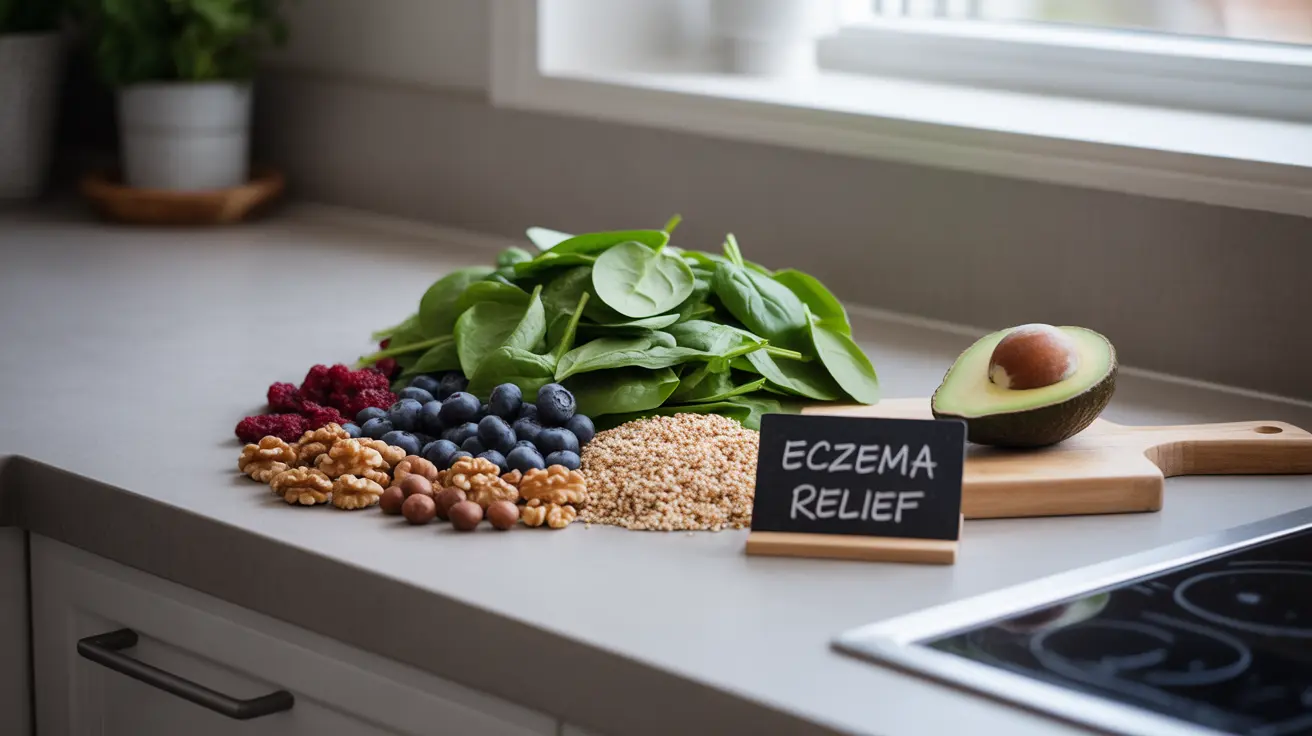For many expectant mothers, maintaining a healthy diet while satisfying pregnancy cravings can be challenging. Watermelon often emerges as a refreshing choice, but it's important to understand both its benefits and proper consumption guidelines during pregnancy.
This comprehensive guide explores everything you need to know about eating watermelon while pregnant, from its nutritional advantages to safety considerations and practical tips for incorporating this fruit into your pregnancy diet.
Nutritional Benefits for Expecting Mothers
Watermelon offers several essential nutrients that can support a healthy pregnancy:
- Hydration support with 92% water content
- Natural source of vitamins A and C
- Rich in potassium and magnesium
- Contains lycopene, a beneficial antioxidant
- Low in calories but satisfyingly filling
Supporting Pregnancy Wellness
The nutrients in watermelon can specifically benefit pregnancy in multiple ways:
- Helps maintain proper hydration levels
- Supports immune system function
- Aids in reducing swelling and inflammation
- Provides natural energy without excess calories
- Assists with maintaining healthy blood pressure
Managing Common Pregnancy Discomforts
Watermelon can help alleviate several common pregnancy symptoms:
Morning Sickness Relief
The high water content and natural sweetness can help combat nausea and provide gentle hydration when other foods seem unpalatable. Many women find small portions of chilled watermelon particularly soothing during episodes of morning sickness.
Reducing Swelling and Inflammation
The combination of water and potassium in watermelon can help reduce pregnancy-related swelling, particularly in the feet and ankles. This natural diuretic effect may provide comfort during the later stages of pregnancy.
Safe Consumption Guidelines
While watermelon is generally safe during pregnancy, following these guidelines ensures the best experience:
Proper Selection and Storage
- Choose firm, unblemished melons
- Wash the exterior thoroughly before cutting
- Store cut watermelon in sealed containers
- Keep refrigerated at 40°F or below
- Consume within 3-5 days of cutting
Portion Control and Timing
For women with gestational diabetes or blood sugar concerns, it's important to monitor portion sizes and include watermelon as part of a balanced meal plan. Consider eating watermelon alongside proteins or healthy fats to help regulate blood sugar response.
Frequently Asked Questions
Is it safe to eat watermelon while pregnant, and are there any risks I should know about?
Yes, watermelon is generally safe to eat during pregnancy. The main risks involve proper food handling and storage to prevent foodborne illness. Always wash the exterior before cutting and store cut pieces properly refrigerated.
What are the main health benefits of eating watermelon for pregnant women?
Key benefits include hydration support, essential vitamins and minerals, antioxidant properties from lycopene, and natural electrolytes. These nutrients support overall pregnancy health and can help manage common pregnancy discomforts.
Can eating watermelon help with morning sickness and swelling during pregnancy?
Yes, many women find that watermelon helps ease morning sickness due to its refreshing nature and high water content. Its natural diuretic properties and potassium content can also help reduce pregnancy-related swelling.
How often can I safely eat watermelon if I have gestational diabetes or blood sugar concerns?
Women with gestational diabetes should monitor their portions and include watermelon as part of balanced meals. Consult with your healthcare provider for personalized recommendations, but generally, 1-2 cups per serving is considered reasonable when paired with protein or healthy fats.
What are the best food safety practices for handling and storing watermelon during pregnancy?
Always wash the watermelon's exterior before cutting, use clean cutting surfaces and utensils, store cut pieces in sealed containers in the refrigerator, and consume within 3-5 days. Discard any pieces that show signs of spoilage or have been left at room temperature for more than 2 hours.




